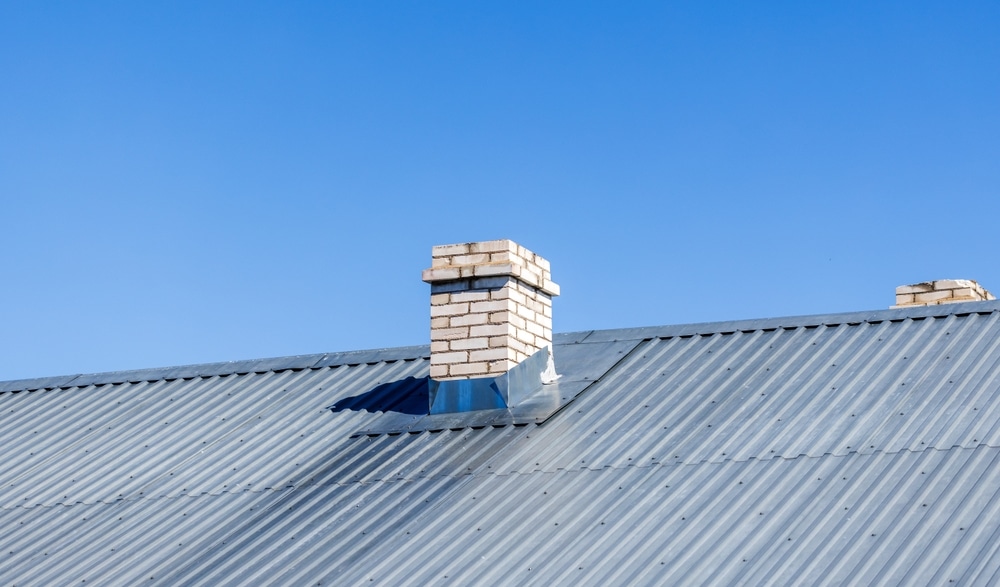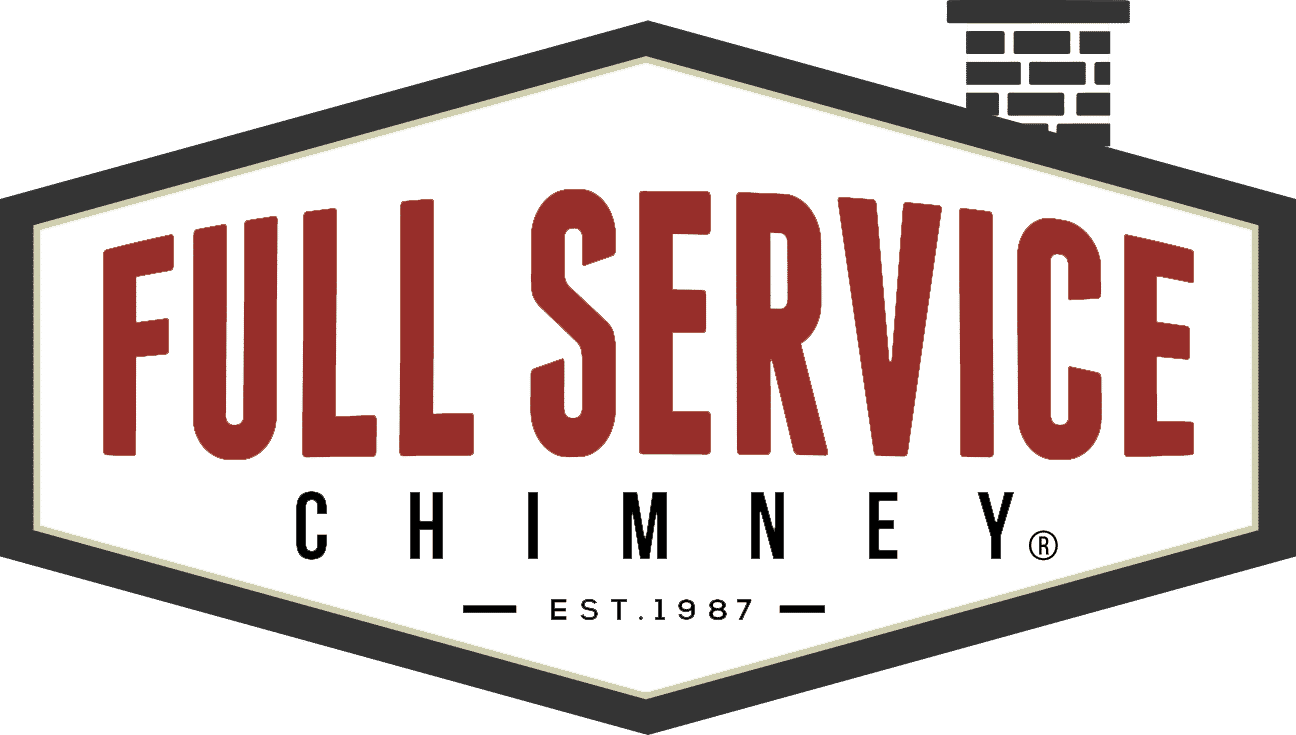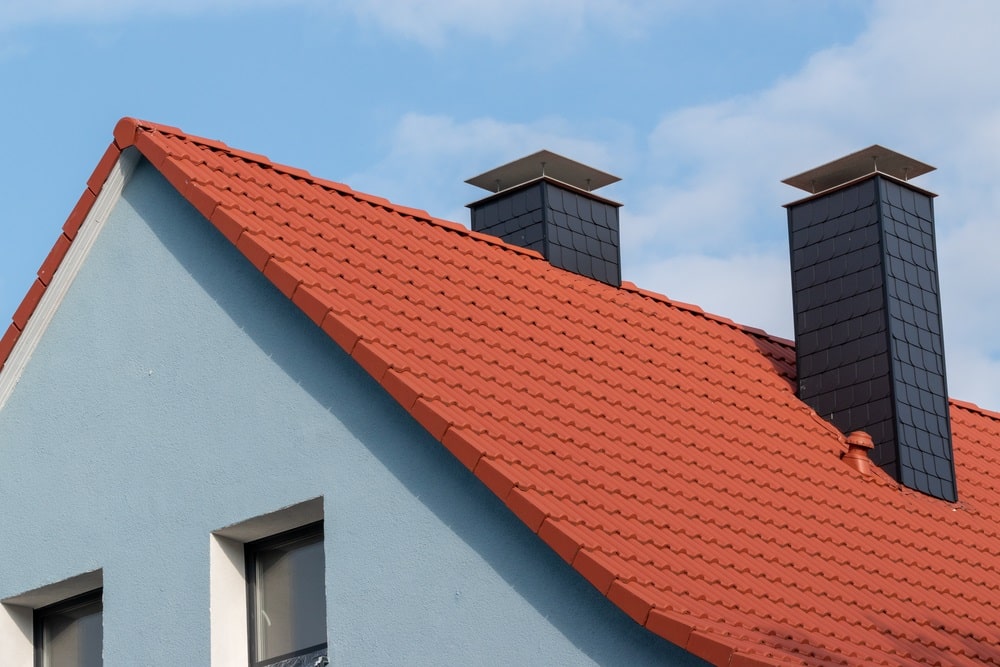Buying or selling a home is one of the biggest financial decisions most people will ever make. From home inspections to appraisals and negotiations, the process can feel overwhelming. While most buyers and sellers understand the need for a general home inspection, many don’t realize that chimneys and fireplaces require their own specialized inspection—and not just any inspection.
According to the National Fire Protection Association (NFPA) 211 Standard, whenever a property changes ownership, a Level II chimney inspection is required. These inspections are far more comprehensive than the routine annual checks most homeowners schedule and are critical for ensuring the safety, value, and integrity of a home.
If you’re preparing to buy or sell a home in Kansas City—or anywhere else—it’s important to understand exactly what a Level II chimney inspection involves and why it plays such a vital role in real estate transactions.
What Is a Level II Chimney Inspection?
Not all chimney inspections are created equal. In fact, the NFPA outlines three levels of chimney inspections, each designed for different circumstances:
-
-
- Level I Inspection – A basic visual check, typically performed annually for chimneys that have had no changes or problems. It ensures the chimney is free of obvious obstructions, creosote buildup, or visible damage.
- Level II Inspection – A more detailed inspection required whenever a property changes ownership, a heating system is upgraded, or the chimney has been exposed to events such as severe storms, chimney fires, or natural disasters.
- Level III Inspection – The most extensive inspection, often involving demolition or removal of parts of the chimney structure. It is only necessary when serious hazards are suspected.
-
A Level II chimney inspection is more in-depth than Level I but less invasive than Level III. It includes:
-
-
- A video scan of the interior of the flue system to detect cracks, gaps, or structural weaknesses not visible to the naked eye.
- Examination of accessible areas in attics, crawl spaces, and basements that connect to the chimney.
- Evaluation of clearances to combustibles to ensure the system meets safety standards.
- A detailed written report with photographs and professional recommendations.
-
Why Level II Inspections Are Required in Real Estate Transactions
The NFPA 211 guidelines are very clear: when a property is bought or sold, the chimney must undergo a Level II inspection. But why is this requirement in place?
The answer is simple—safety and transparency. Chimneys are one of the most critical components of a home’s safety system, responsible for venting toxic gases, smoke, and heat safely outside. Unlike a cracked window or chipped countertop, chimney defects aren’t always visible to the untrained eye.
A standard home inspector may shine a flashlight up the flue, but they don’t have the tools, training, or certifications to spot deeper issues. A certified chimney professional, however, uses specialized cameras and equipment to provide a detailed evaluation.
For buyers, this means peace of mind that the home they’re investing in is safe. For sellers, it ensures there are no last-minute surprises that could derail the closing process.
Common Issues Discovered During Level II Chimney Inspections
One of the biggest values of a Level II inspection is identifying hidden issues that could create major problems later. Some of the most common issues discovered include:
-
-
- Cracked or deteriorating flue liners – These can allow dangerous gases or heat to escape into walls, creating fire hazards.
- Blockages – Birds’ nests, leaves, or excessive creosote buildup can obstruct airflow, leading to dangerous smoke backup.
- Water damage – Leaks often go unnoticed until they compromise mortar joints, crowns, or flashing.
- Improper clearances – Chimneys that are too close to combustible materials pose a serious fire risk.
- Unpermitted modifications – Past homeowners may have made “DIY fixes” or installed new appliances without ensuring chimney compatibility.
-
Discovering these issues before closing allows both buyers and sellers to make informed decisions about repairs and negotiations.

Benefits of Level II Inspections for Homebuyers
For buyers, a home purchase is often the single largest investment of their lifetime. The last thing anyone wants is to discover costly chimney problems after moving in. Scheduling a Level II chimney inspection during the due diligence period offers several benefits:
-
-
- Peace of mind: Buyers can rest easy knowing the fireplace and chimney system is safe and functional.
- Negotiation power: If the inspection uncovers issues, buyers may request that repairs be completed or negotiate a lower purchase price.
- Avoiding unexpected costs: A cracked liner or water-damaged flue can cost thousands to repair. Identifying issues early prevents unpleasant surprises.
- Safety assurance: Knowing that dangerous gases like carbon monoxide are properly vented provides long-term protection for the family.
-
Benefits of Level II Inspections for Home Sellers
Sellers can also gain significant advantages from proactively scheduling a Level II inspection before listing their property.
-
-
- Fewer surprises: Addressing issues in advance prevents last-minute delays in closing.
- Boosting buyer confidence: Transparency about the chimney’s condition builds trust and can make the home more attractive.
- Potentially higher sale price: A well-maintained chimney system can be a selling point, especially in Kansas City where fireplaces are highly valued during winter months.
- Reduced liability: By providing proof of inspection, sellers protect themselves against future claims related to undisclosed hazards.
-
What to Expect During a Level II Chimney Inspection
Many homeowners wonder what the process involves. A professional Level II chimney inspection is thorough but minimally invasive. Here’s what you can expect:
-
-
- Scheduling with a CSIA-Certified Chimney Sweep – Certification through the Chimney Safety Institute of America (CSIA) ensures the inspector follows industry best practices.
- Use of video scanning equipment – A camera is inserted into the flue to check for cracks, gaps, or damage throughout the entire interior.
- Inspection of accessible areas – Attics, crawl spaces, and basements connected to the chimney are examined.
- Photographic documentation and report – Homeowners receive a detailed inspection report that outlines findings and recommended repairs.
-
Typical timeline – Most inspections take 1–2 hours, depending on chimney size and accessibility.

Legal and Safety Implications of Skipping a Level II Inspection
Choosing to skip a Level II chimney inspection during a real estate transaction can have serious consequences:
-
-
- Safety hazards – Undetected chimney damage can lead to house fires, carbon monoxide poisoning, or costly water damage.
- Insurance complications – Some insurers may deny claims if required inspections were not performed at the time of sale.
- Legal liability – If a seller fails to disclose known issues, they may be held legally responsible after the sale.
- Financial burden – Buyers who skip inspections may inherit thousands of dollars in repair costs.
-
In short, neglecting this step isn’t worth the risk.
Protecting Your Investment and Your Home
Whether you are a buyer hoping to protect your investment or a seller preparing to list your property, a Level II chimney inspection is one of the most important steps you can take during a real estate transaction. It ensures safety, transparency, and peace of mind while also preventing costly surprises down the road.
For homeowners in Kansas City, where seasonal weather puts added stress on masonry and venting systems, these inspections are even more critical. By partnering with a CSIA-certified chimney professional, you’ll have confidence knowing that your fireplace and chimney system are in safe working order.

